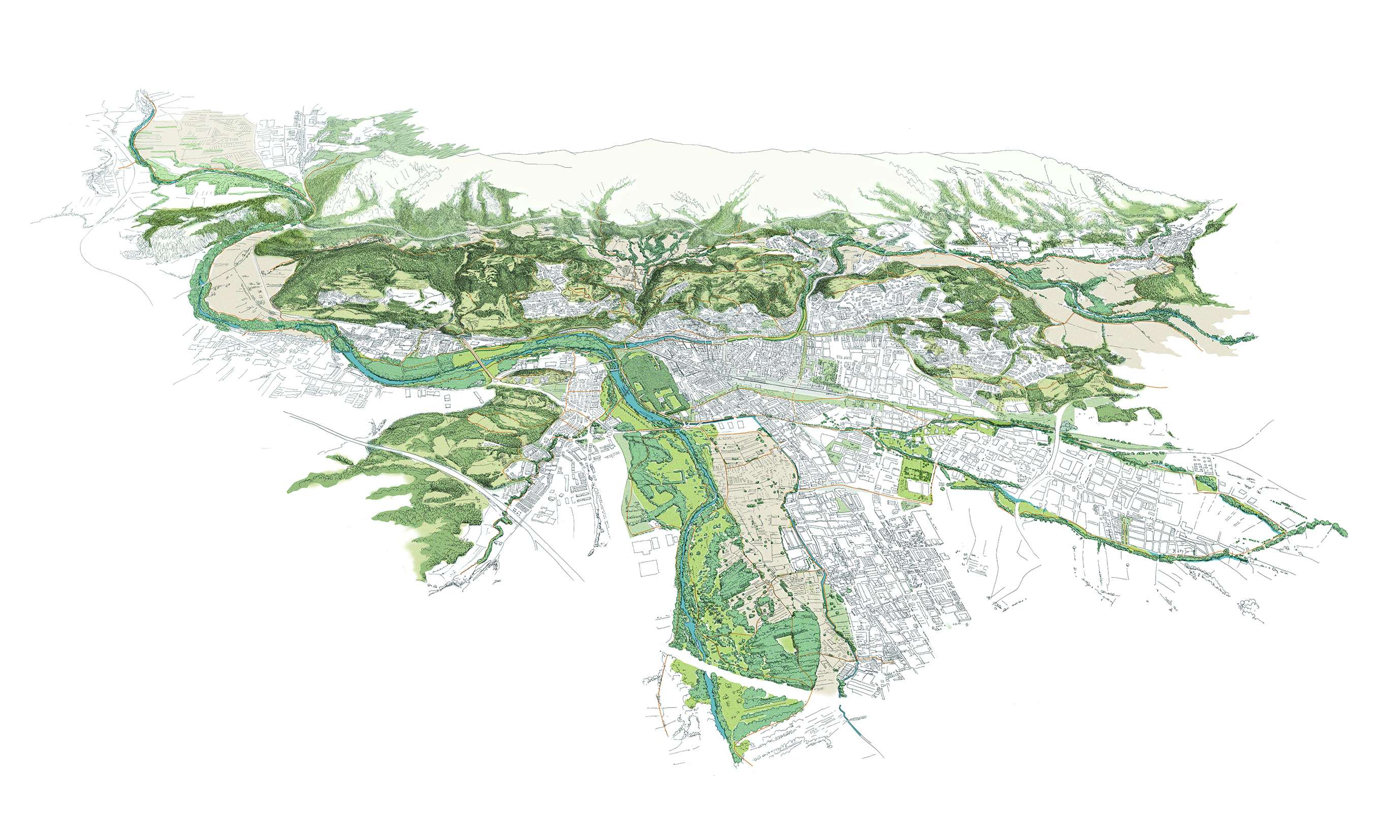
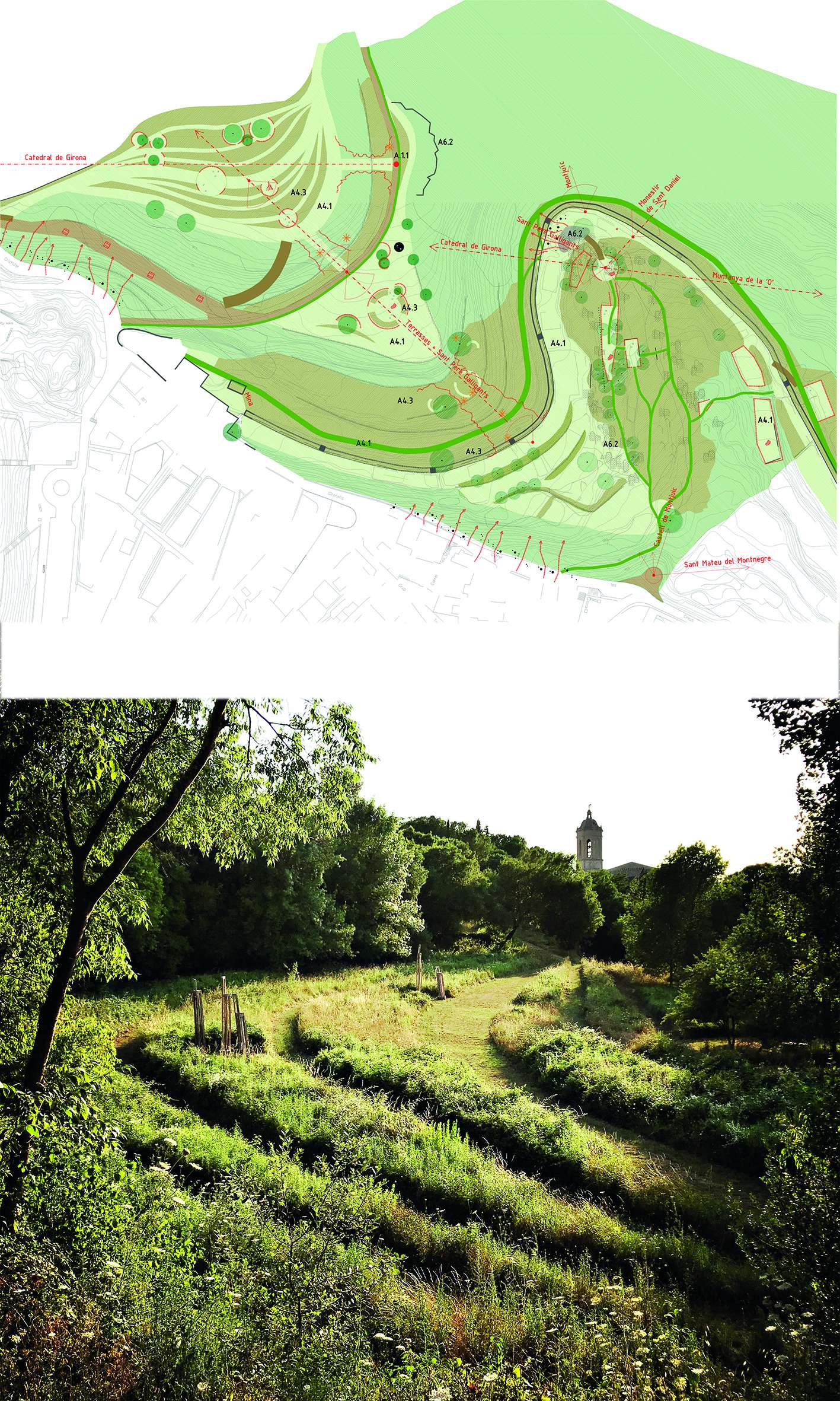
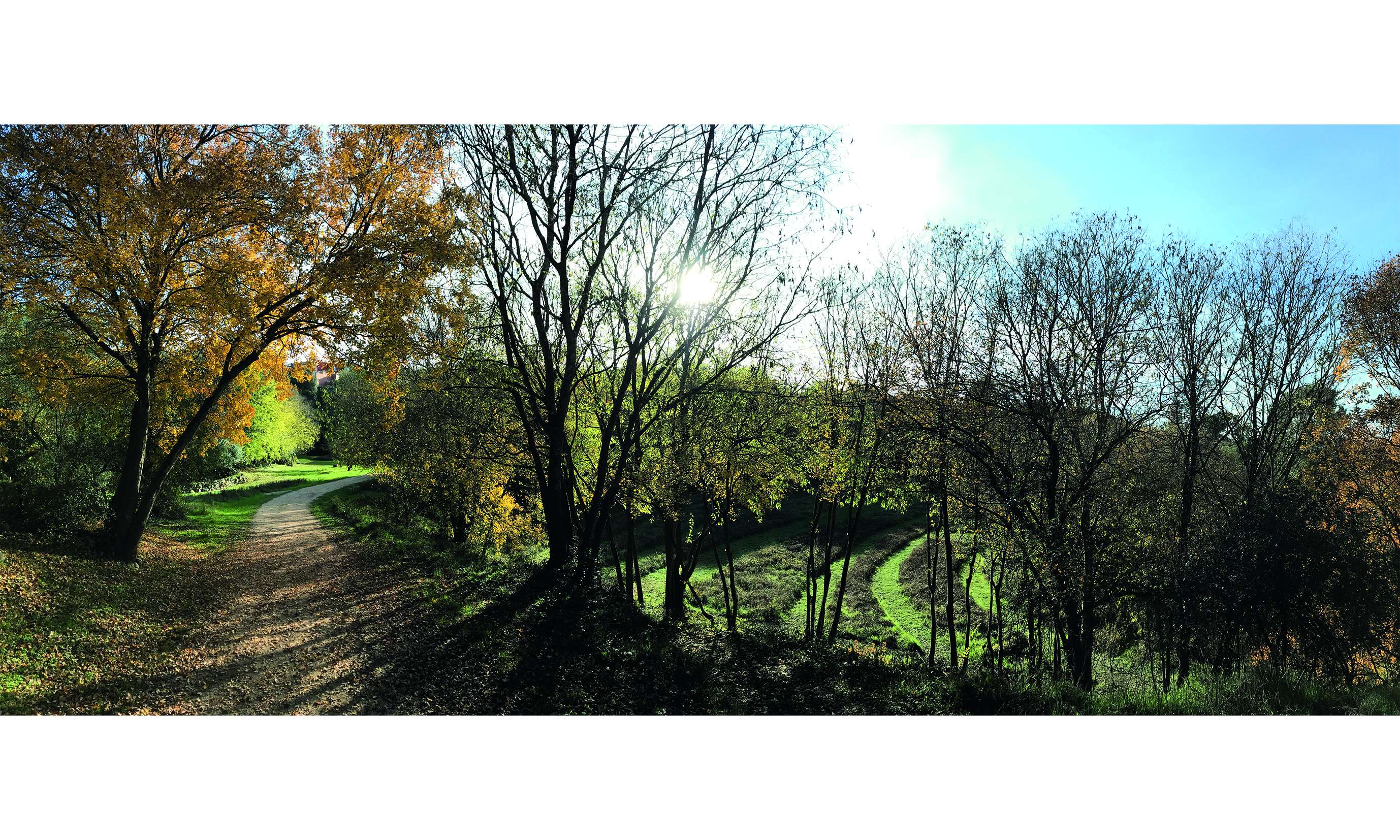

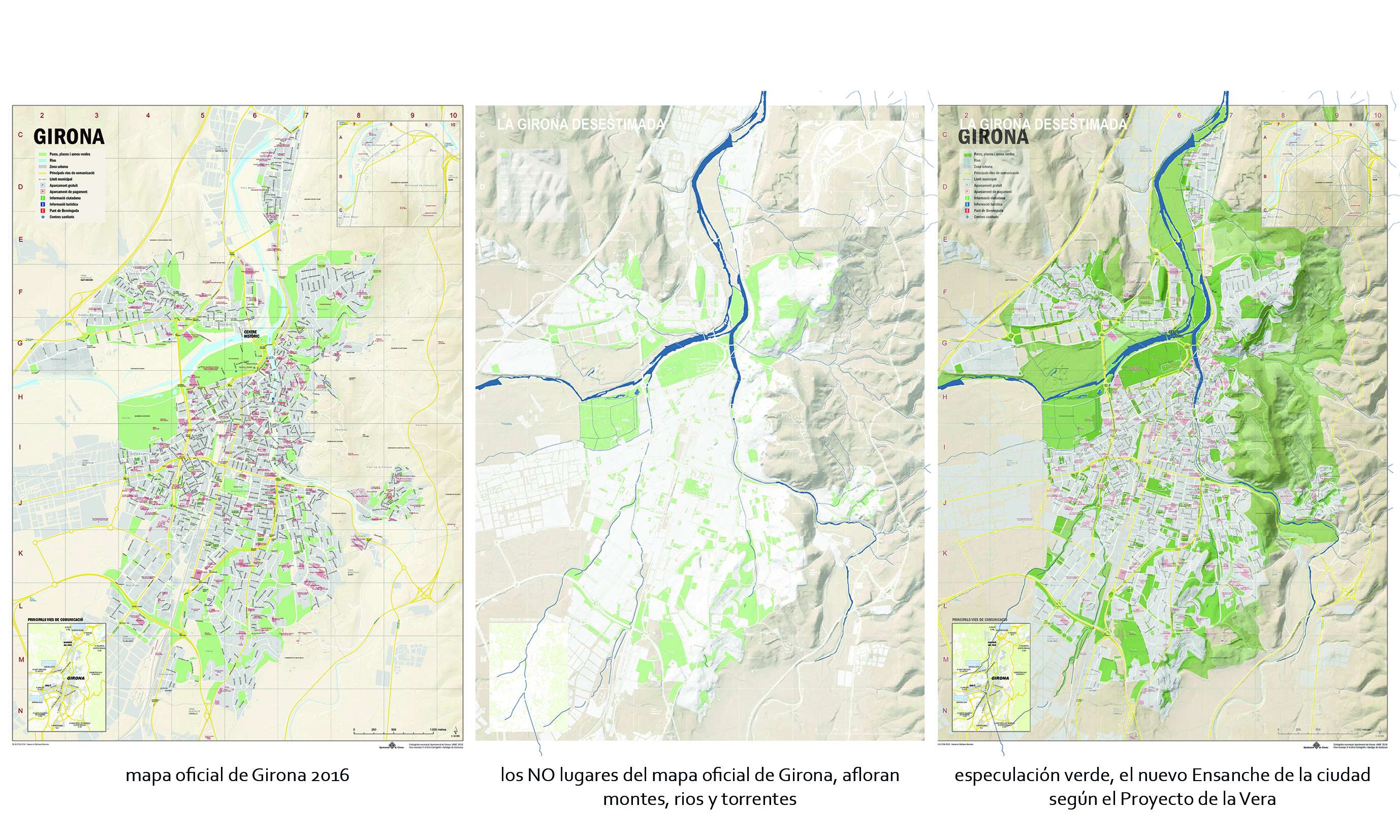

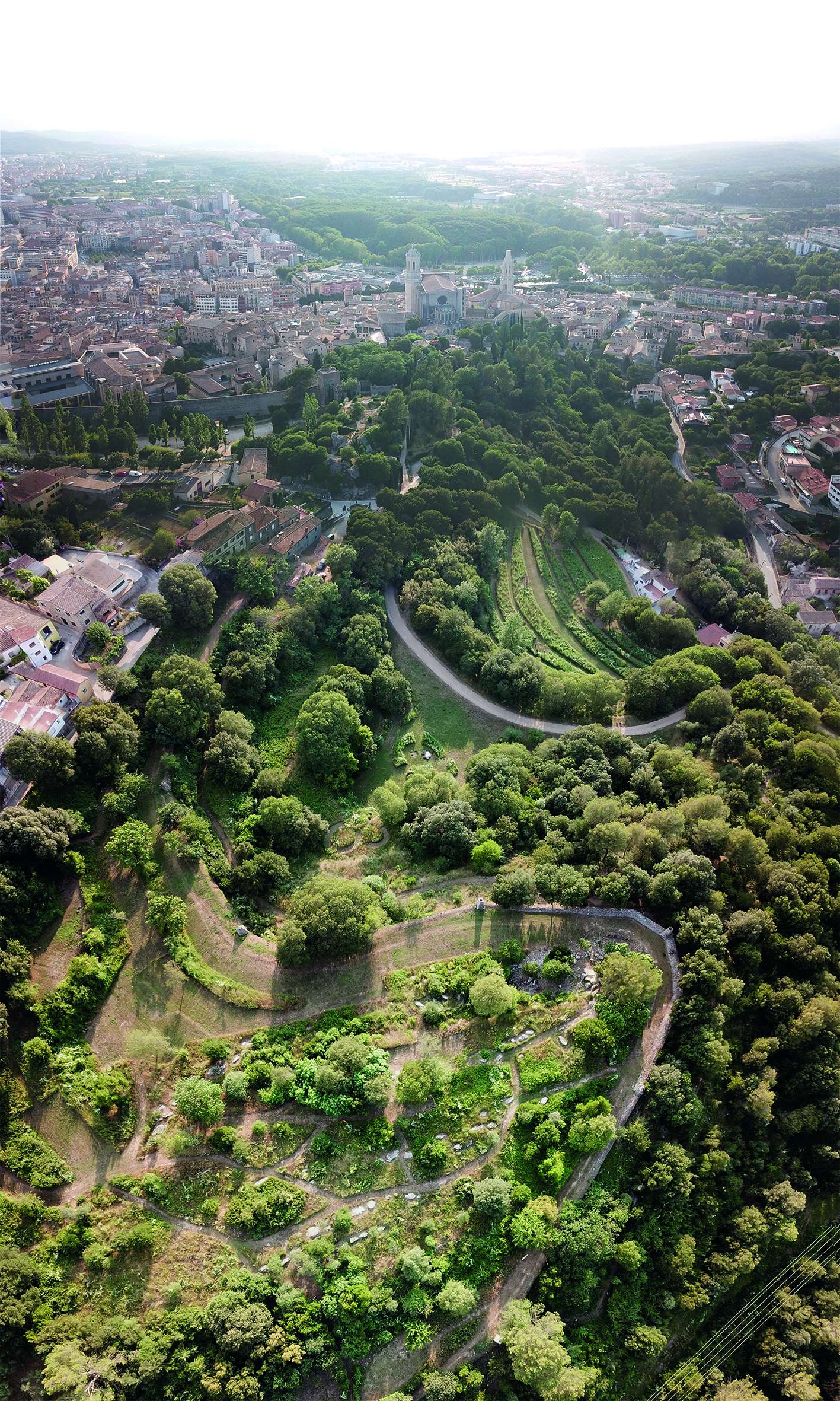
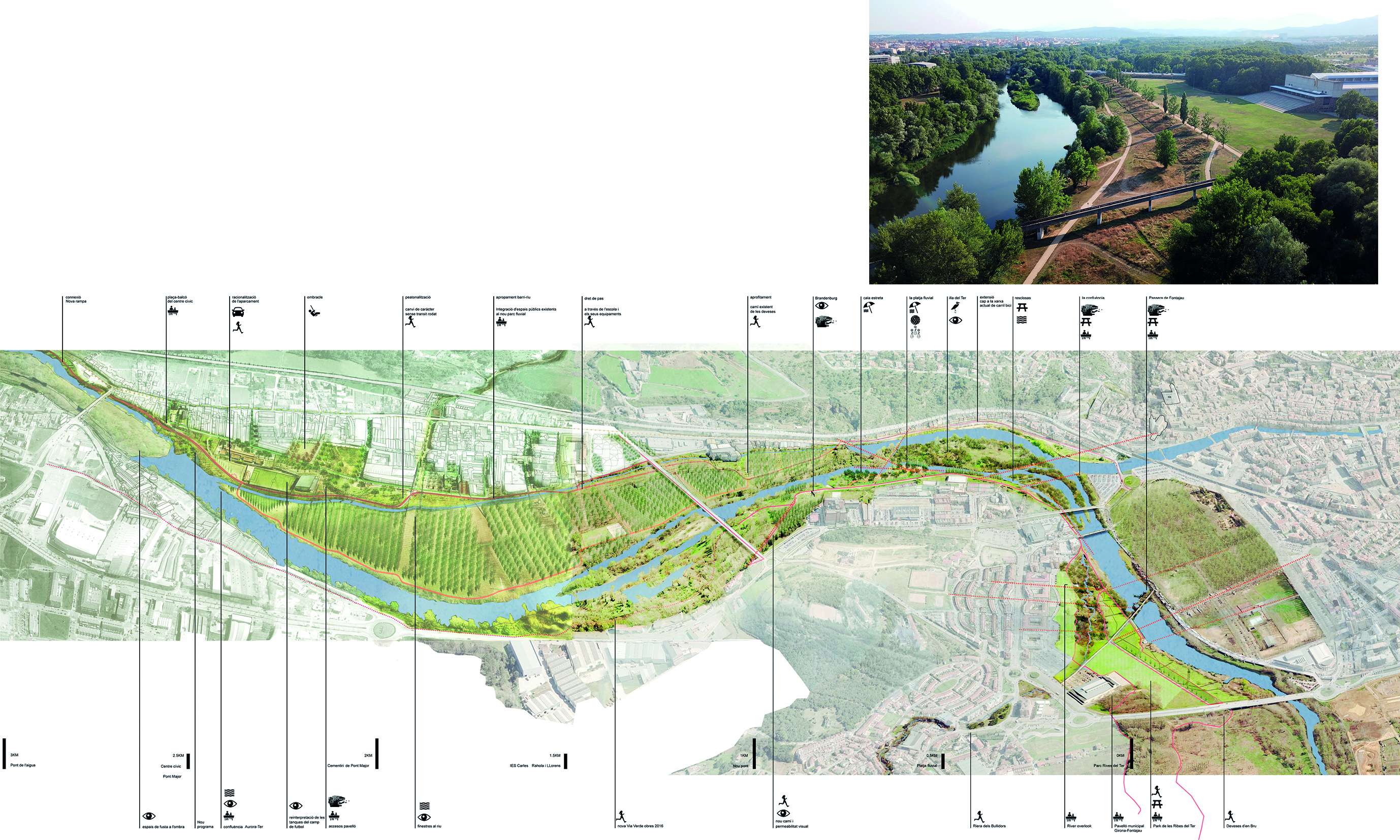
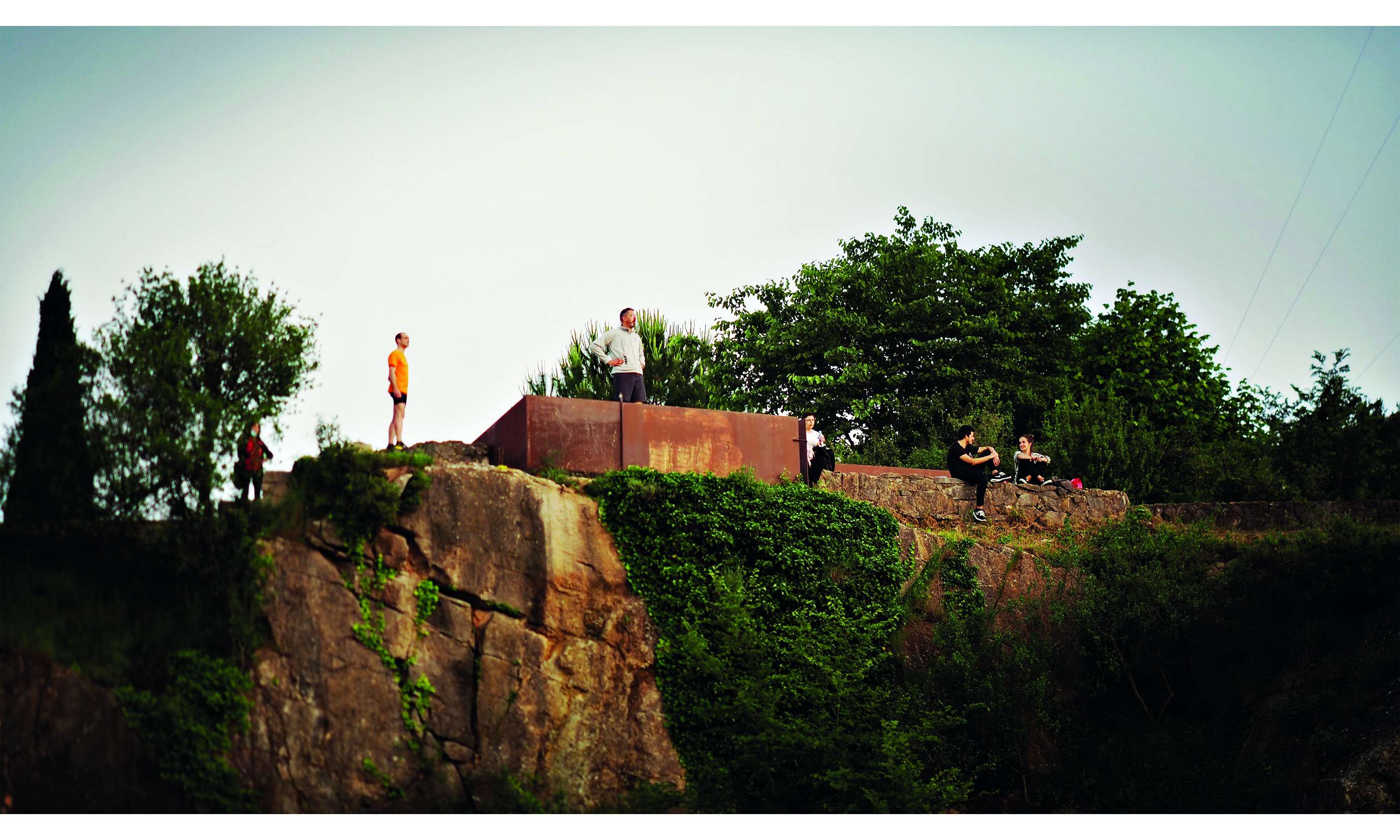
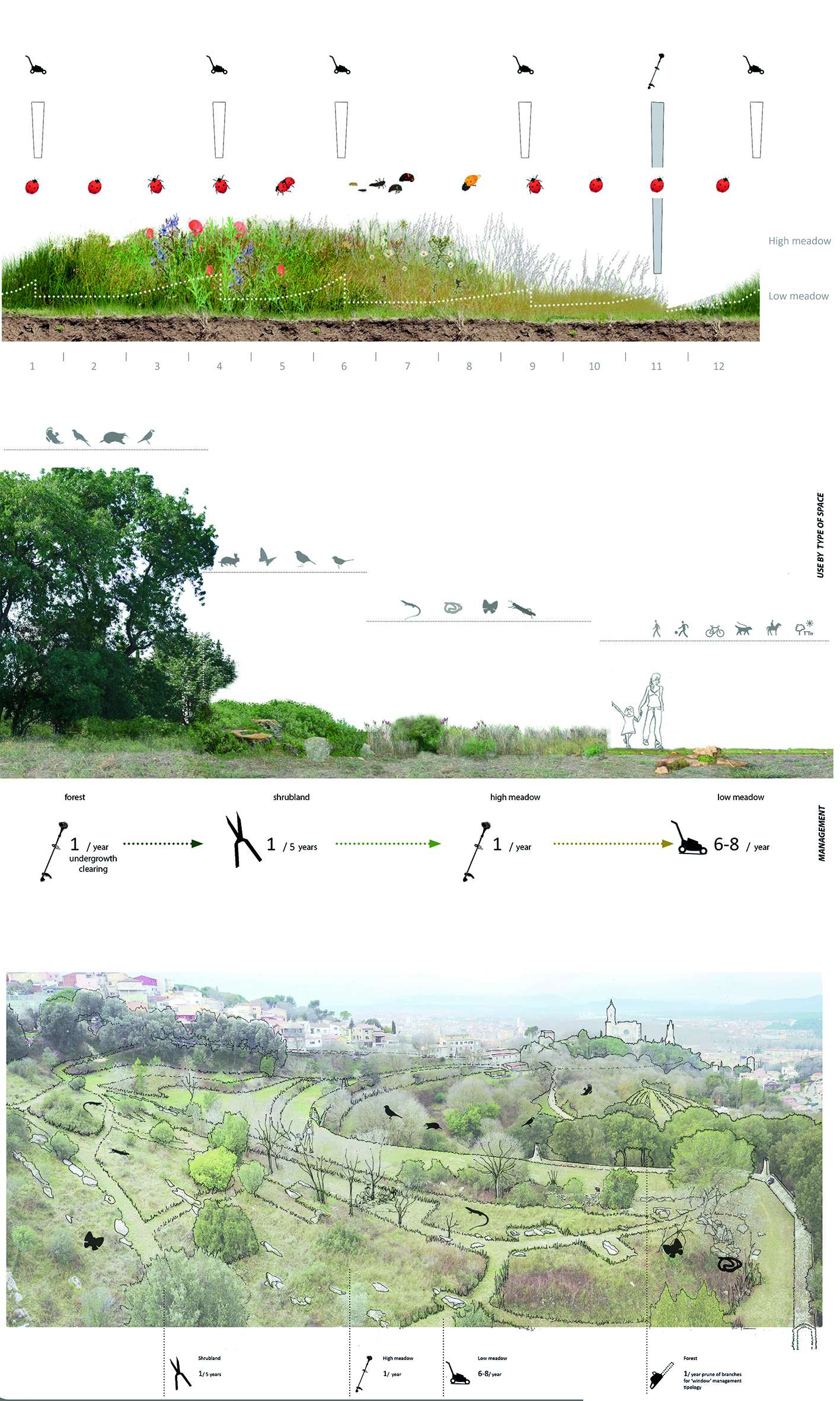
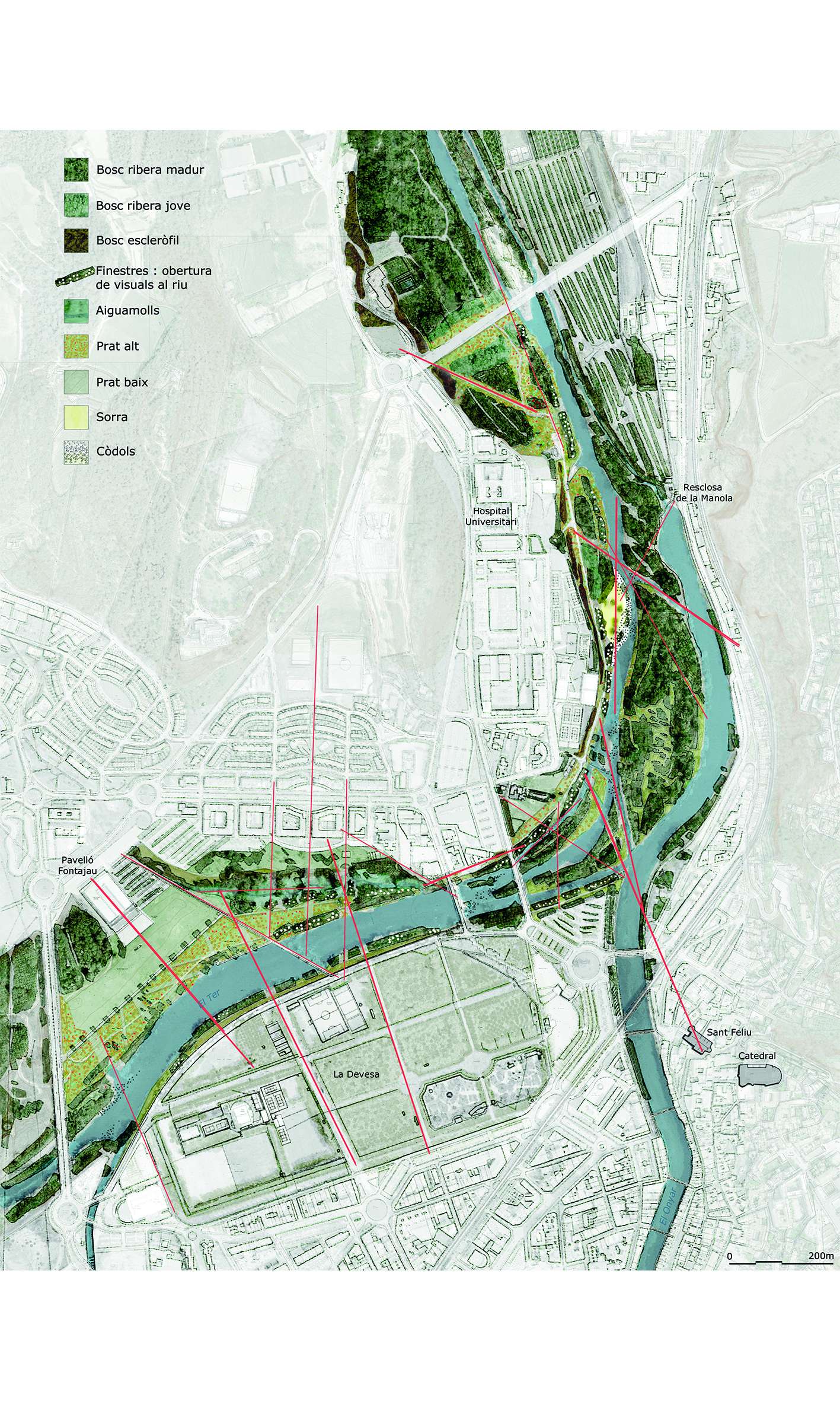

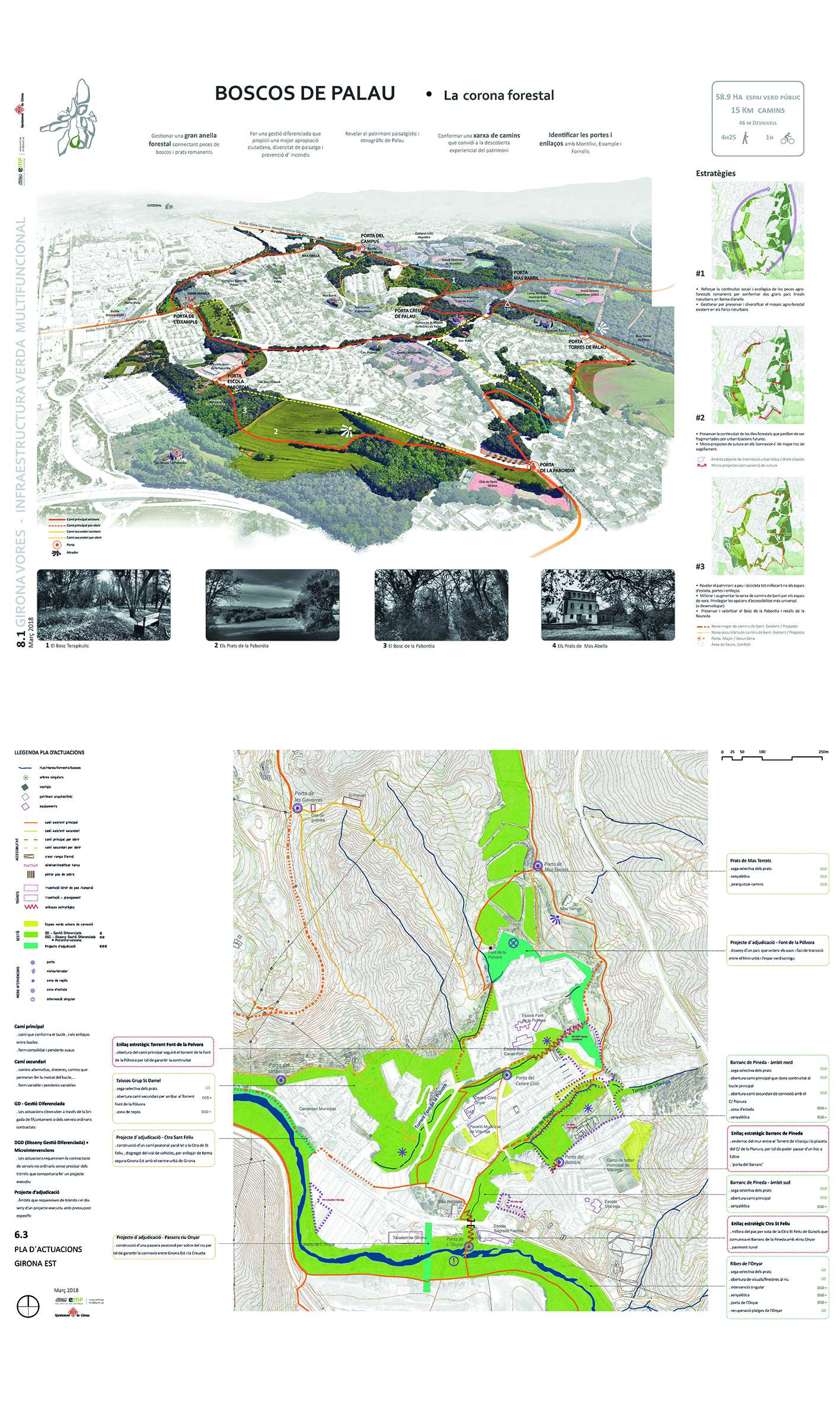

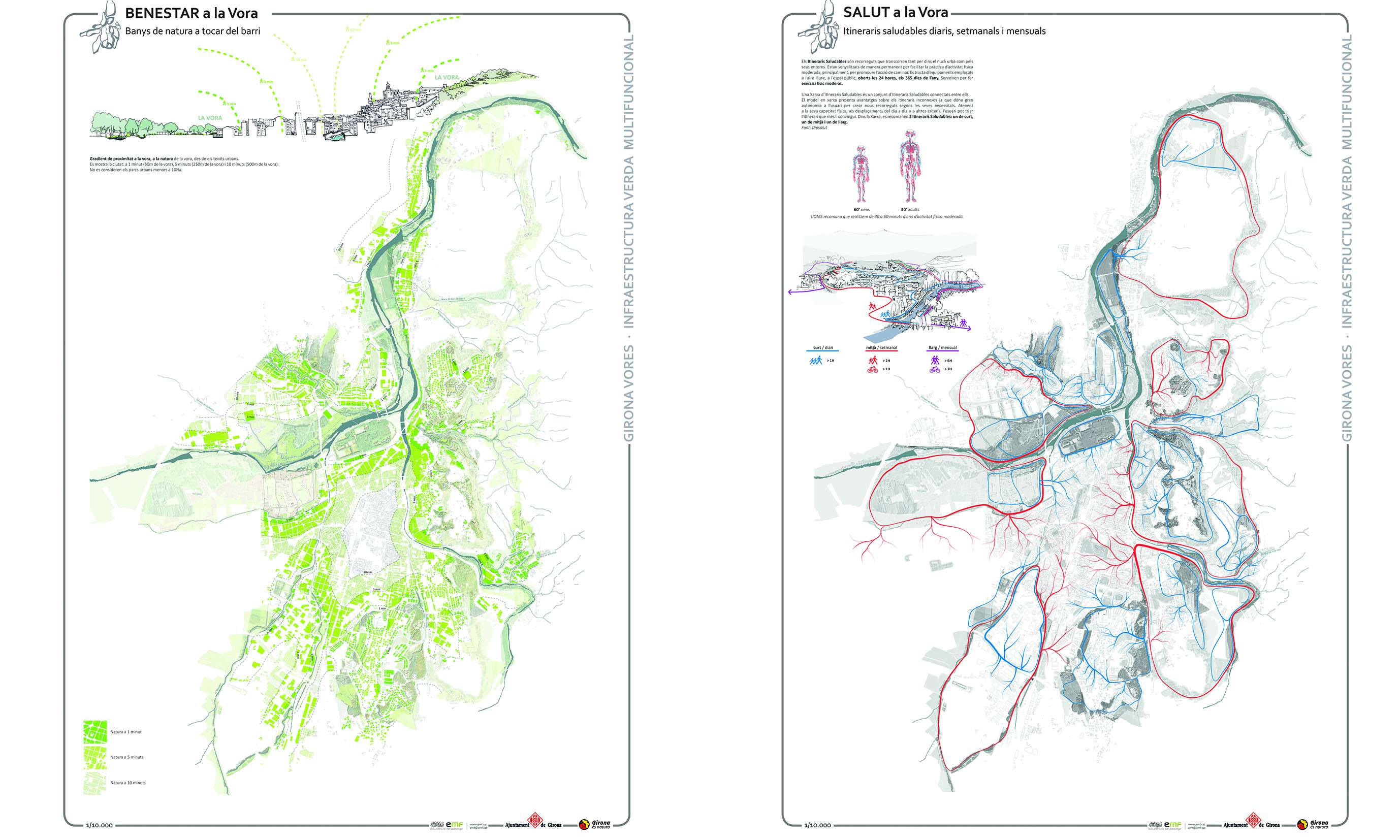

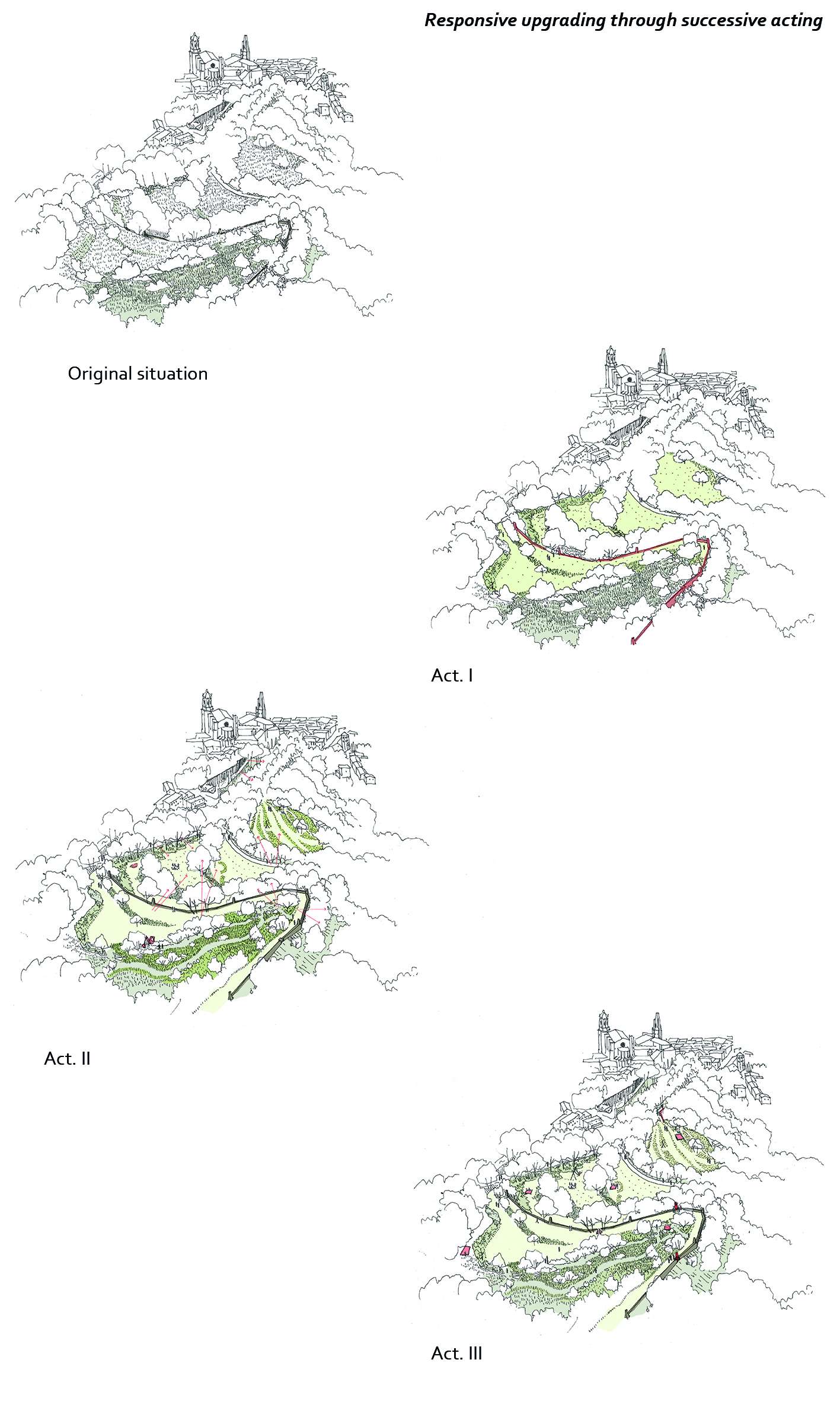
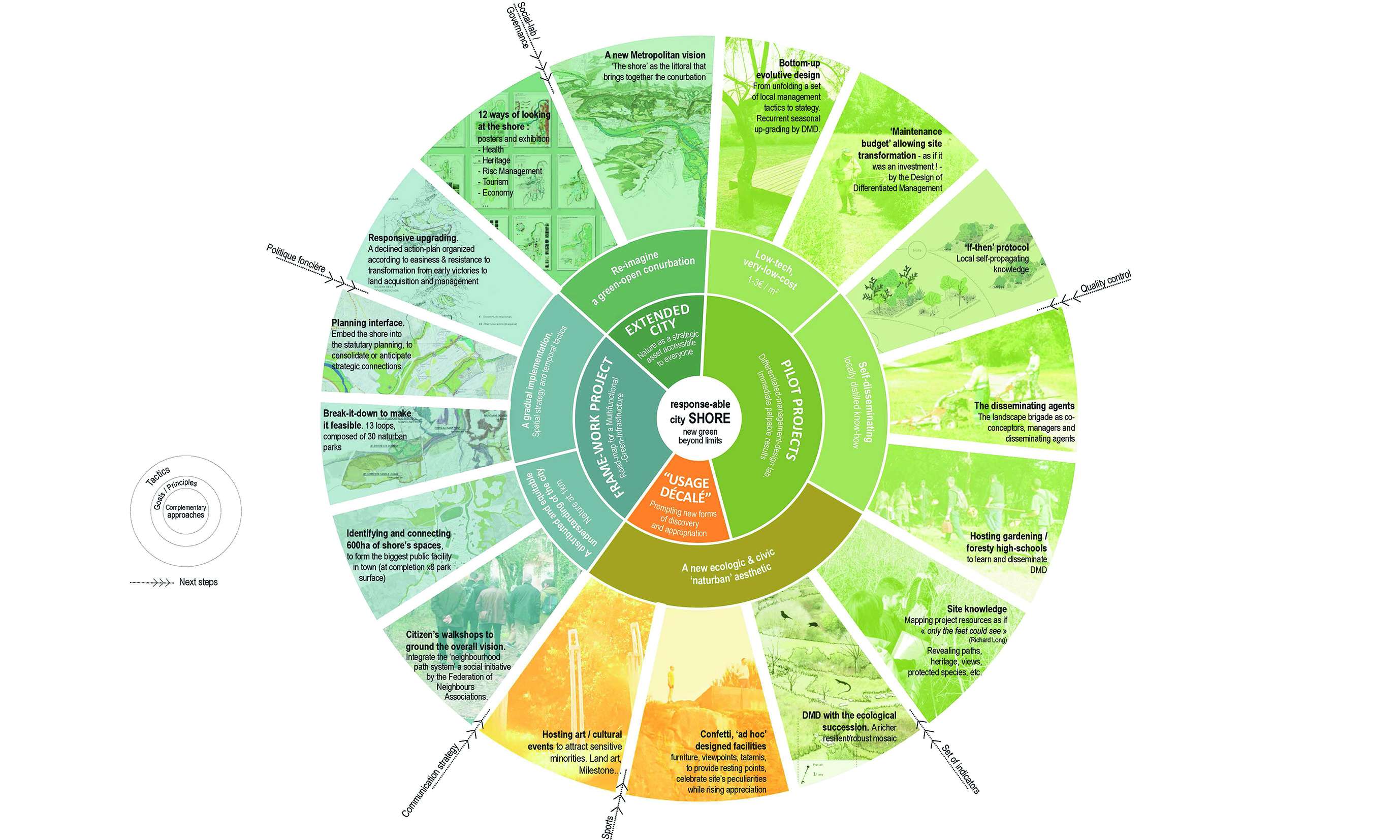

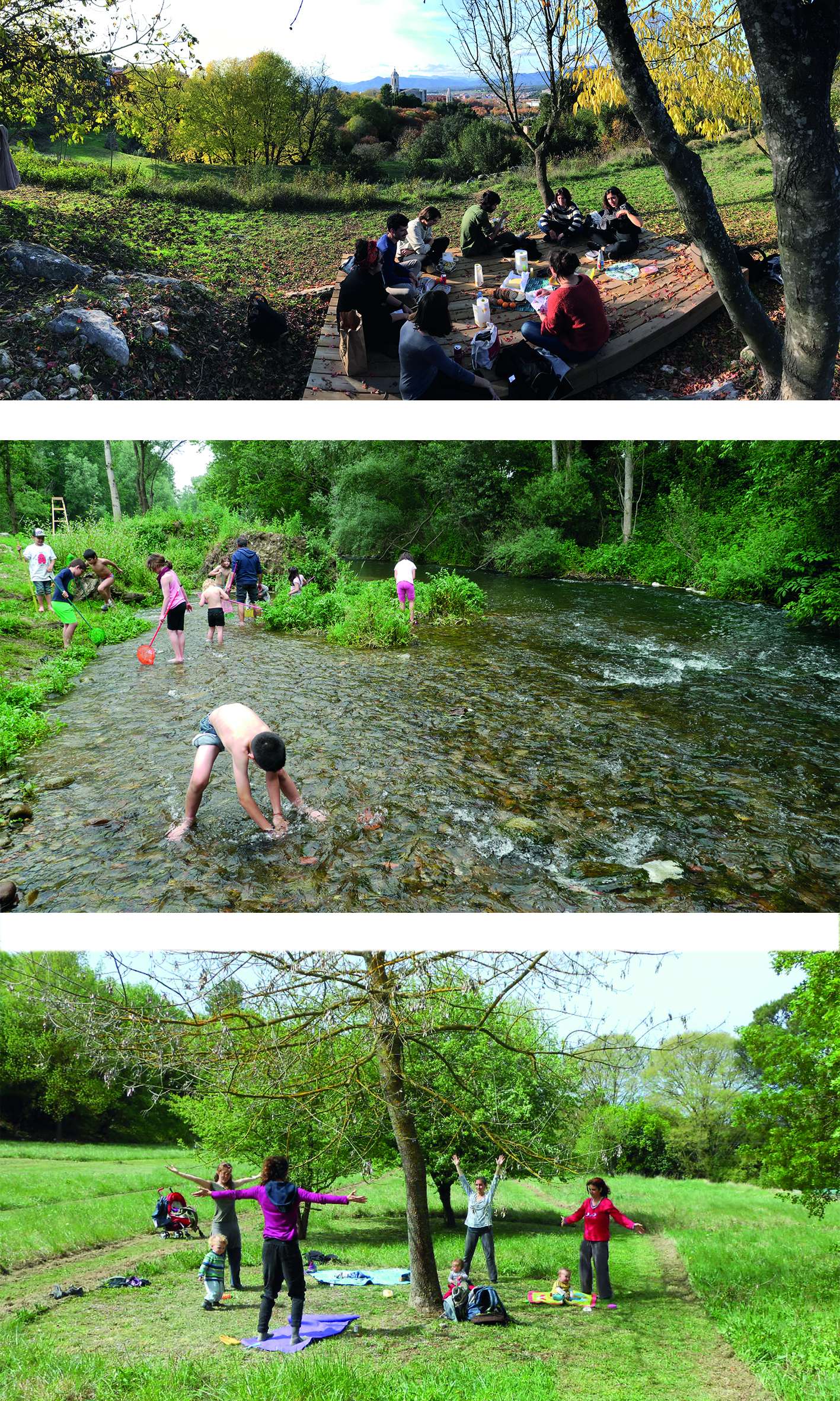

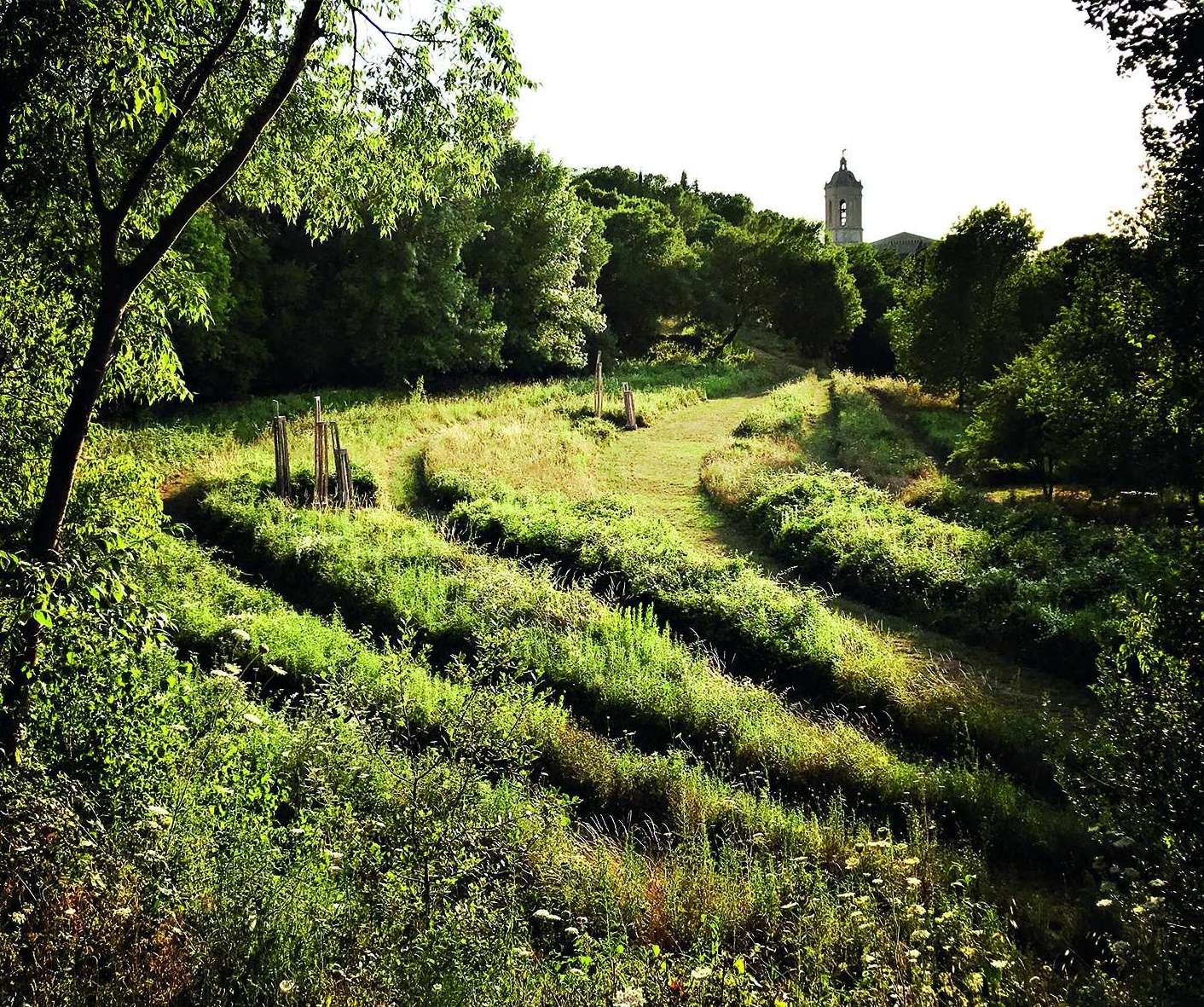
Las Veras de Girona
La Vora de Girona
Girona Shore's
GIRONA’S SHORE is a collection of self-initiated network of projects and initiatives that aim to reclaim, develop and manage Girona’s neglected green peri-urban spaces and convert them to a multifunctional green infrastructure. It reimagines a green-open conurbation, an extended city, where nature is a strategic asset accessible to everyone. To turn this ambition into reality, a low-cost and replicable process with various design tools has been developed over time.
The process started with a series of pilot projects that we undertook with the municipal landscape maintenance brigade in dry-mountain and riverscape landscape conditions. With these low-tech, low-cost interventions that provided quick and tangible results, we proposed an inverted project sequence, where a large-scale infrastructural project emerges from the knowledge gained through the pilot projects. Based on the interpretation of differentiated management as a landscape design practice, a specific landscape management regime guided by the principles of ecological succession allows for an immediate diversification and appropriation of the agroforestry mosaic of the town’s border, its shore. The site’s special peculiarities are highlighted, creating a new naturban aesthetic. The generated transversal knowledge is summarized in a flexible protocol, that is rewritten and replicated seasonally. In this process, environmental technical services Ecologists and the landscape brigade become co-designers, executors, managers and multipliers that allow the project to self-seed. The average cost of these interventions ranges from 1 to 2€/m2 per year.
A framework project, building on various citizen’s walkshops, serves as a road map to outline the future of Girona’s multifunctional green infrastructure and consists of 13 loops, 30 naturban parks and numerous small actions to facilitate its gradual implementation, eventually growing to 600 hectares – Girona’s largest public facility. It maps out a spatial strategy, but also embeds temporal tactics and upscales the local know-how gained from the pilot projects.
Altogether the combination of projects, strategies and actions that form the design method and create a malleable and frugal tool kit facilitates a responsive upgrading through successive acting. The various ingredients of this “cocktail” complement and relate to each other and, in reversed order to conventional master planning, together bring about a new shared vision of the town.
